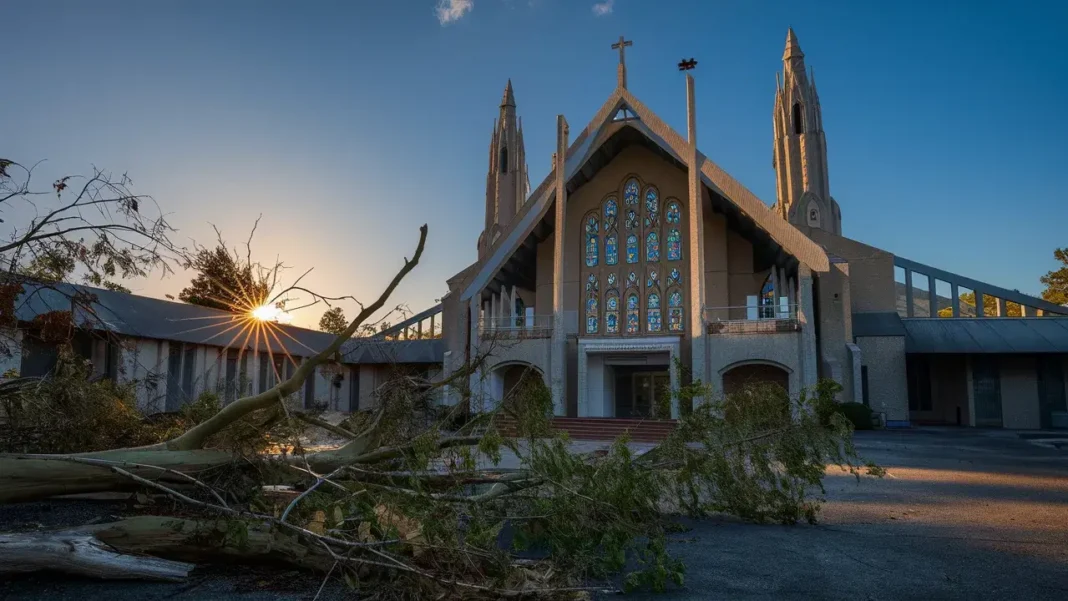The Church of the Highlands exposed, one of the largest and most influential mega-churches in the United States, has been a subject of admiration and scrutiny alike. Known for its rapid growth and large congregation, the church has not been without its share of controversies. This article aims to provide a comprehensive overview of the issues and criticisms surrounding the Church of the Highlands, exploring its impact on both its followers and the broader community.
Background of the Church of the Highlands
Founded in 2001 by Pastor Chris Hodges, the Church of the Highlands has grown exponentially, with multiple campuses across Alabama and beyond. The church’s mission focuses on outreach, community service, and spreading the Christian faith. Its success is often attributed to its modern approach to worship and extensive use of technology to engage its congregation.
The Leadership of the Church
At the helm of the Church of the Highlands is Pastor Chris Hodges, a charismatic leader whose vision and leadership style have significantly shaped the church’s direction. Alongside him are a team of pastors and leaders who work to implement the church’s mission and vision. The leadership’s influence extends beyond the church, impacting local and national discussions on faith and community service.
Controversies Surrounding the Church
Despite its many achievements, the Church of the Highlands has faced numerous controversies, particularly regarding financial transparency. Allegations have been made about the misuse of church funds, with critics arguing that the church’s financial dealings lack the necessary transparency expected of a religious institution. These allegations have prompted calls for greater accountability and oversight.
Racial and Social Justice Issues
Another major area of contention has been the church’s stance on racial and social justice issues. Accusations of racial insensitivity have surfaced, particularly concerning social media activity by church leaders and members. In response, the church has made efforts to address these issues through public apologies and initiatives aimed at promoting diversity and inclusion within its congregation.
Criticism of Church Teachings
The Church of the Highlands’ teachings and doctrines have also been the subject of criticism. Some theological scholars and former members have raised concerns about the church’s interpretation of scripture and its emphasis on prosperity theology. These disputes have sparked debates within the broader Christian community about the church’s doctrinal positions.
Impact on the Local Community
The church’s impact on the local community has been a mixed bag. On one hand, the Church of the Highlands has contributed positively through various outreach programs, charity work, and community services. On the other hand, some community members have expressed concerns about the church’s influence and its perceived dominance in local affairs.
Media Coverage and Public Perception
Media coverage of the Church of the Highlands has been varied, with both positive and negative portrayals. While some media outlets have praised the church’s efforts and achievements, others have highlighted its controversies and criticisms. Public opinion, as reflected in social media reactions and community discussions, mirrors this mixed perception.
Legal Issues and Investigations
The church has not been immune to legal scrutiny. Past and ongoing investigations into its practices have raised questions about its operations and governance. While no major legal battles have publicly unfolded, the potential for future legal challenges remains a point of concern for the church and its leaders.
Response from the Church
In response to the various criticisms and controversies, the Church of the Highlands has issued official statements and public apologies. These responses have included commitments to improve transparency, address racial issues, and make necessary changes to their operations. The church’s willingness to engage with its critics has been seen as a positive step by some, while others remain skeptical.
Expert Opinions and Analysis
Experts from various fields have weighed in on the controversies surrounding the Church of the Highlands. Religious scholars have analyzed its theological positions, while sociologists and community leaders have examined its social impact. These analyses provide a deeper understanding of the church’s role and influence.
Future of the Church of the Highlands exposed
Looking ahead, the future of the Church of the Highlands remains uncertain. Predictions about its trajectory vary, with some expecting continued growth and others anticipating potential decline if controversies persist. The church’s ability to adapt and address its issues will be crucial to its long-term success.
Conclusion
The Church of the Highlands, with its significant influence and impact, remains a focal point of both admiration and criticism. While it has achieved much in terms of outreach and community service, the controversies it faces cannot be ignored. How it navigates these challenges will determine its future and legacy.
FAQs
What is the Church of the Highlands?
The Church of the Highlands is a mega church based in Alabama, known for its large congregation and extensive community outreach programs.
What are the main controversies surrounding the church?
The main controversies include financial transparency issues, allegations of racial insensitivity, and criticisms of its teachings and doctrines.
How has the church responded to criticism?
The church has issued public apologies, committed to improving transparency, and launched initiatives to promote diversity and inclusion.
What impact has the church had on the local community?
The church has positively impacted the local community through outreach and charity work, but has also faced criticism for its perceived dominance in local affairs.
What does the future hold for the Church of the Highlands?
The church’s future depends on its ability to address controversies and adapt to changing circumstances, with potential for both continued growth and decline.





